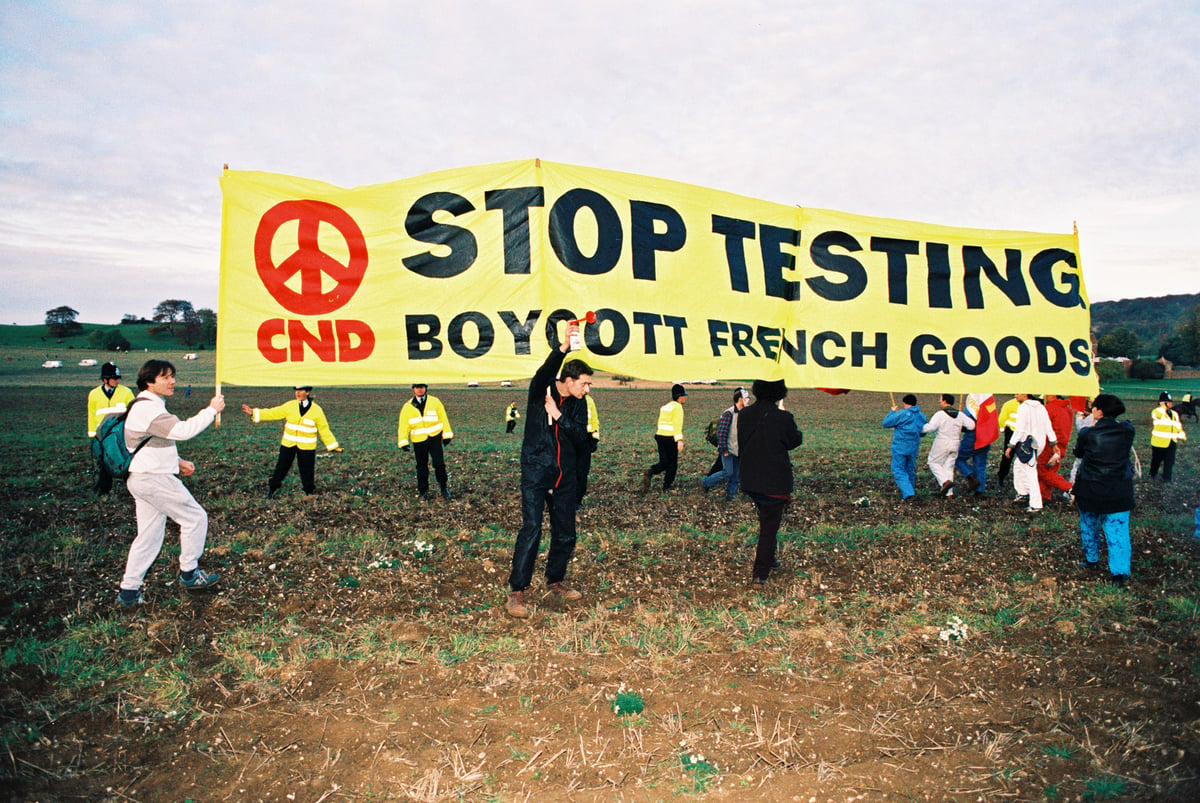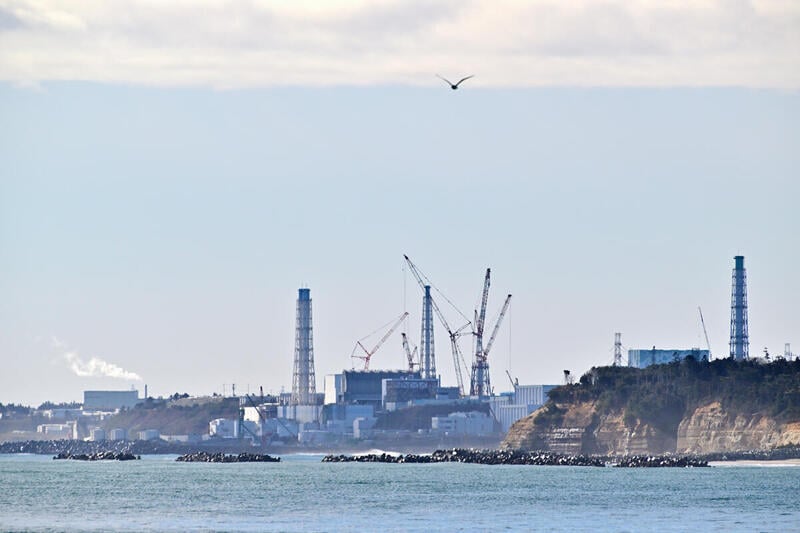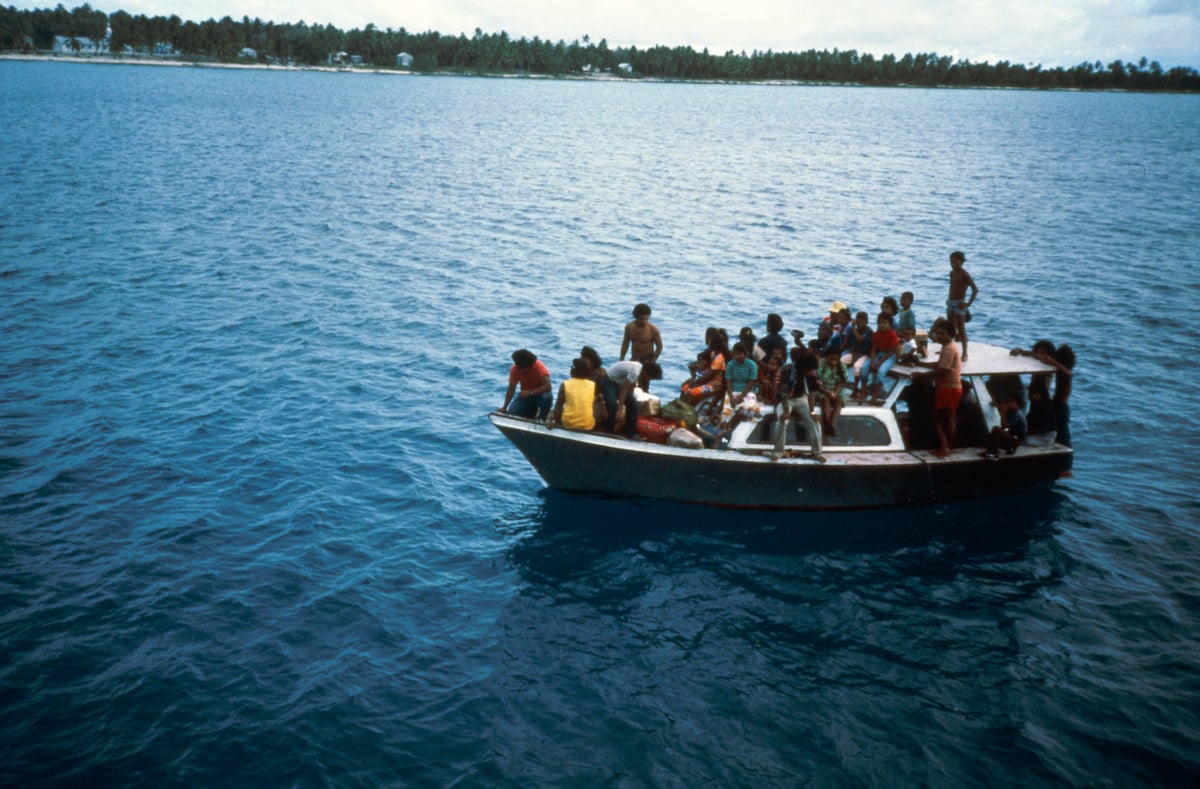Tuesday 26 April marks the anniversary of one of the most significant events in the history of Ukraine and all of Europe. On that day in 1986, a routine safety test at reactor 4 of the Chornobyl (previously also known as Chernobyl) nuclear power plant resulted in an explosion and a nuclear chain reaction that obliterated the nuclear core and reactor site, causing a colossal release of radioactive contamination into the surrounding area.
The radioactive material, 400 times greater than the atomic bomb that was dropped on Hiroshima, was airborne and generated a radioactive plume which spread not only over the nearby town of Priypyat, south to Kyiv and across the then USSR (including modern-day Ukraine, Russia and Belarus), but more broadly across Europe to Hungary, Poland, Germany, Austria, Sweden and even as far as Canada. Hundreds of thousands of people were evacuated.
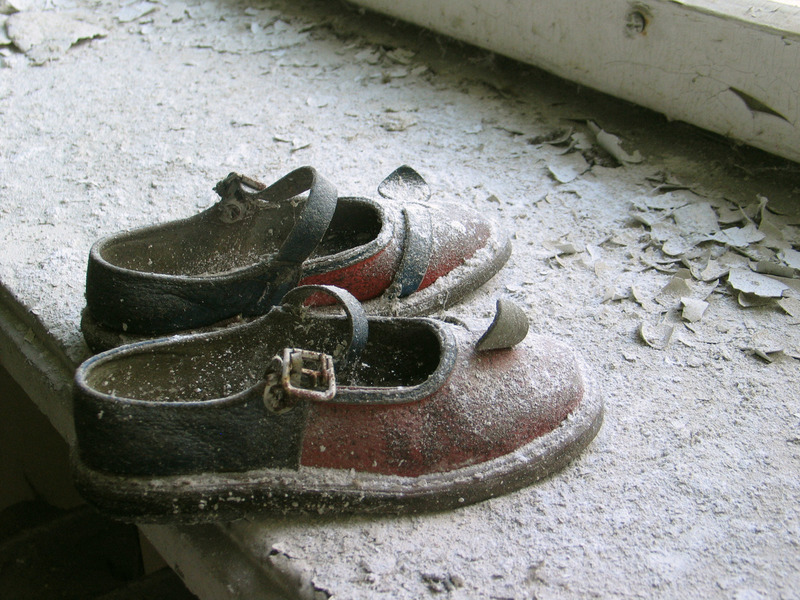
Attempts to contain and decontaminate the disaster required over half a million people and total costs of the disaster have been estimated at over USD $700 billion. Water, air and earth remain poisoned for generations and the most irradiated areas will remain uninhabitable for thousands of years: the human and environmental fallout was colossal, and its extent may never fully be understood. The nuclear disaster of 26 April 1986 is still the worst in history and is a day that lives in infamy in the minds of people not just in Ukraine but all over the world.
An ongoing danger
Today, some 36 years later, ordinary Ukrainians face yet another horror: the Kremlin’s illegal and bloody invasion of Ukraine has already taken a terrible human toll, and has already seen Ukrainian nuclear power facilities come under military threat.
Indeed, the contrast and parallels between today and 1986 are profound. In 2022, the Kremlin sent its military to seize Chornobyl as part of their war to destroy Ukraine; in 1986 it sent hundreds of thousands of troops in an attempt to manage the nuclear disaster that threatened to destroy even larger areas of Ukraine and wider Europe. In efforts to prevent heavy radioactive fallout hitting Moscow, a decision was taken within a few days of the start of the 1986 disaster to seed clouds with silver iodide that led to high levels of radioactivity contaminating Belarus and southern Russia. The Kremlin made no mention of the scale of the nuclear disaster to the thousands of people in Kyiv taking part in the May day celebrations.
The recent seizure by Russian troops of the Chornobyl nuclear site threatened the safety of the workers and the radioactive waste stored there: the facility lost off site electricity on 9 March, and with diesel generators only providing enough power for 48 hours of operations, it was a race against time to resupply power.
A danger among dangers
Greenpeace has worked on the fallout, legacy and lessons from Chornobyl for decades – in April 2020, it was forest fires in the Chornobyl exclusion zone that raised the threat level there yet again. But the unprecedented extent of the nuclear threat posed by Vladimir Putin’s illegal invasion of Ukraine goes well beyond Chornobyl.
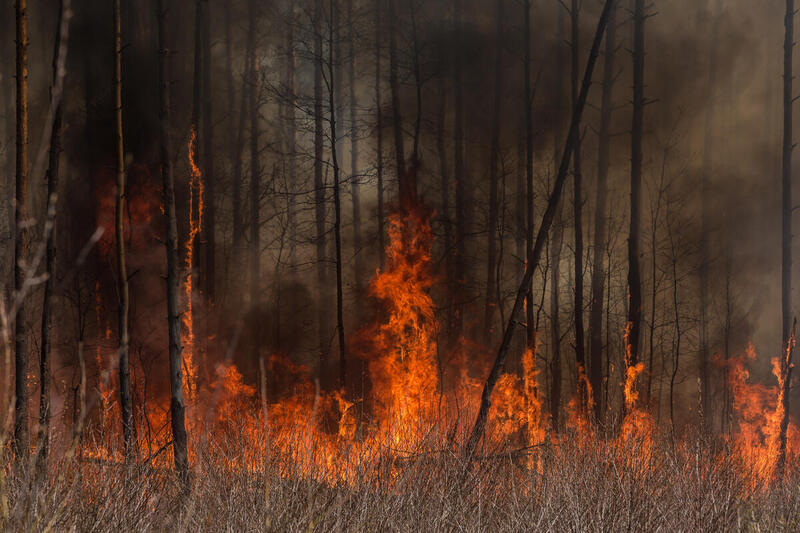
Every day that the Kremlin’s war goes on, Ukraine’s commercial nuclear reactors at four operating power plants — Rivne, Yurzhnoukrainsk, Khmeinityskyi and Europe’s largest at Zaporizhzhia — are at risk of potentially catastrophic damage. While the Russian military occupation of the Chornobyl site ended, for the time being, on 31 March 2022, an attack or even an accident at any of the other plants could render vast areas of the European continent, including Russia, uninhabitable for decades.
Zaporizhzhia remains under armed Russian military occupation. Officials from the Russian state nuclear corporation, ROSATOM, involved in the illegal seizure of Chornobyl during March, also remain at the Zaporizhzia site. This is a unique event in the history of nuclear power, and a direct threat to nuclear safety. The potential for a major nuclear disaster triggered by the Russian war on Ukraine at the six reactors at the Zaporizhzia site, and other operating reactors are even greater than at Chornobyl.
Not safe, not green
Despite the evidence of the risks of nuclear power, industry actors continue to promote it as a safe, green and sustainable solution to the climate emergency. The European Commission’s desire to officially grant nuclear power a ‘green’ label (along with fossil gas) by including it in the EU’s taxonomy of sustainable investments makes a mockery of the recent threats at the Zaporizhzhia power plant and across Ukraine, as well as the countless thousands displaced by the Chornobyl disaster, or the millions who continue to live in areas of high radioactive contamination in Ukraine and beyond.
Ignorance, deliberate obfuscation and distortion of reality is at the core of how the nuclear industry operates. It promises much but fails to deliver and all the time it relies on withholding vital information. It was how the Soviet government in Moscow failed to disclose the inherent design flaws in the RBMK reactor design that meant the Chornobyl disaster was inevitable. The half-life of radioactivity such as cesium, strontium and plutonium, runs in parallel to the half truths of the nuclear industry.
Every year on 26 April, Ukraine and Europe remembers the great cost of both the false promises of nuclear energy and the betrayal of the Kremlin. This year, under the shadow of Putin’s heinous war, the weight of that cost feels heavier than ever.

